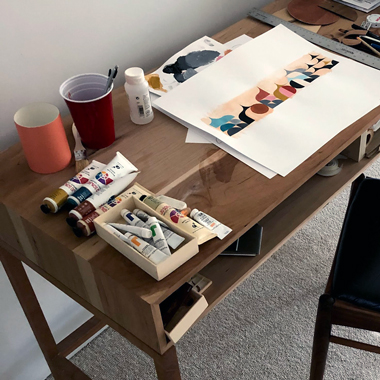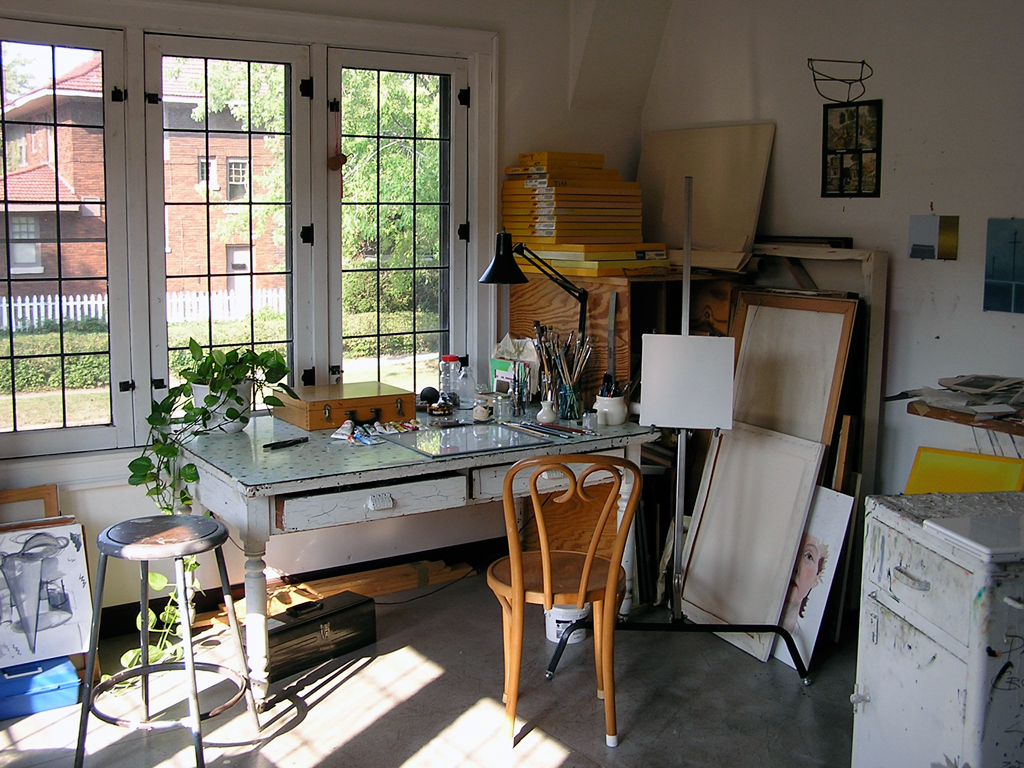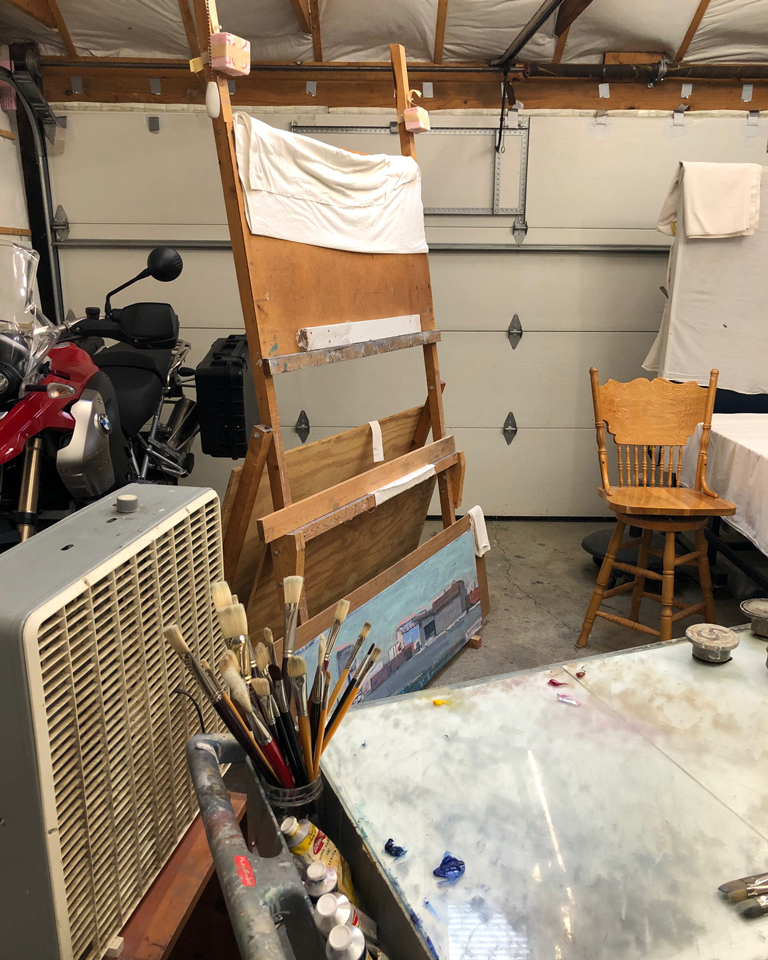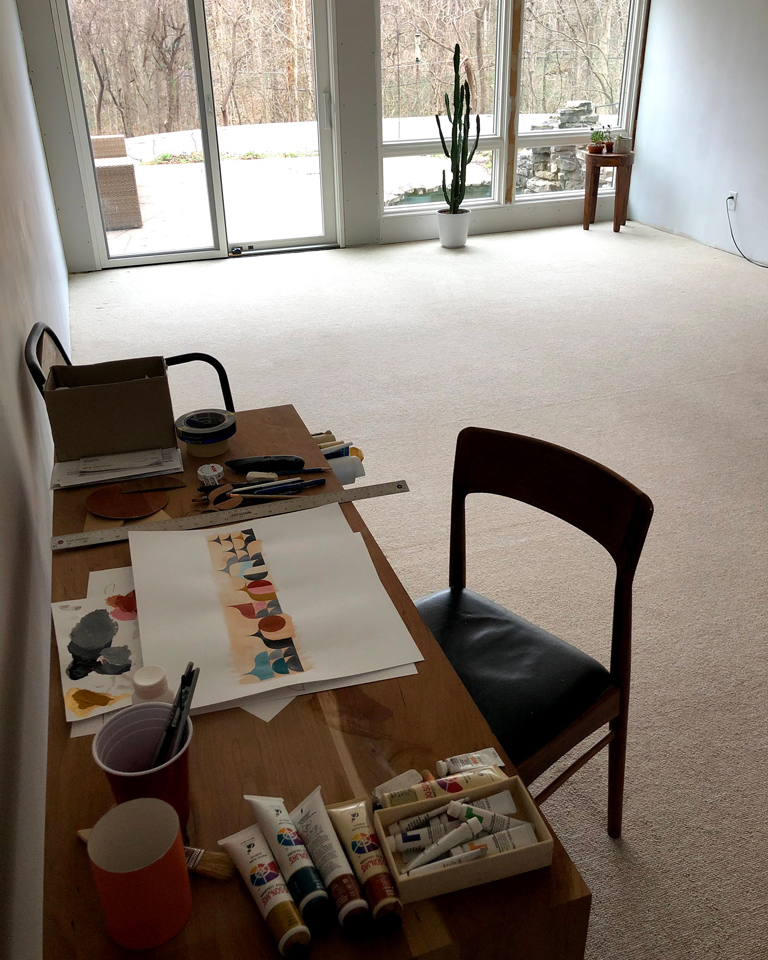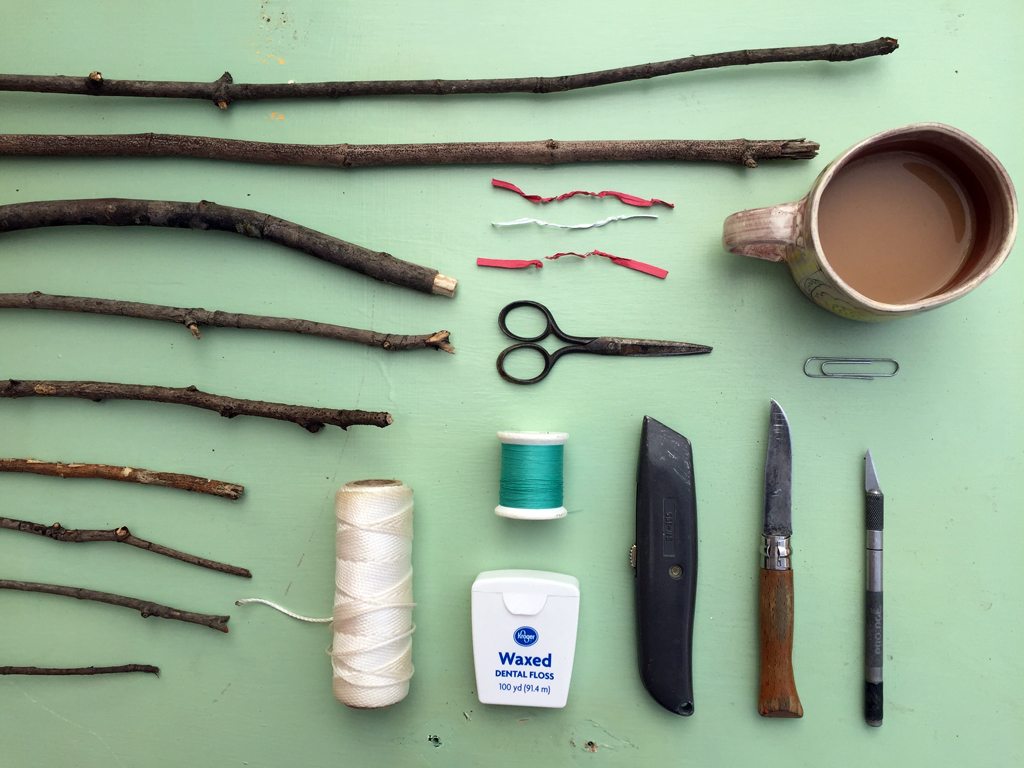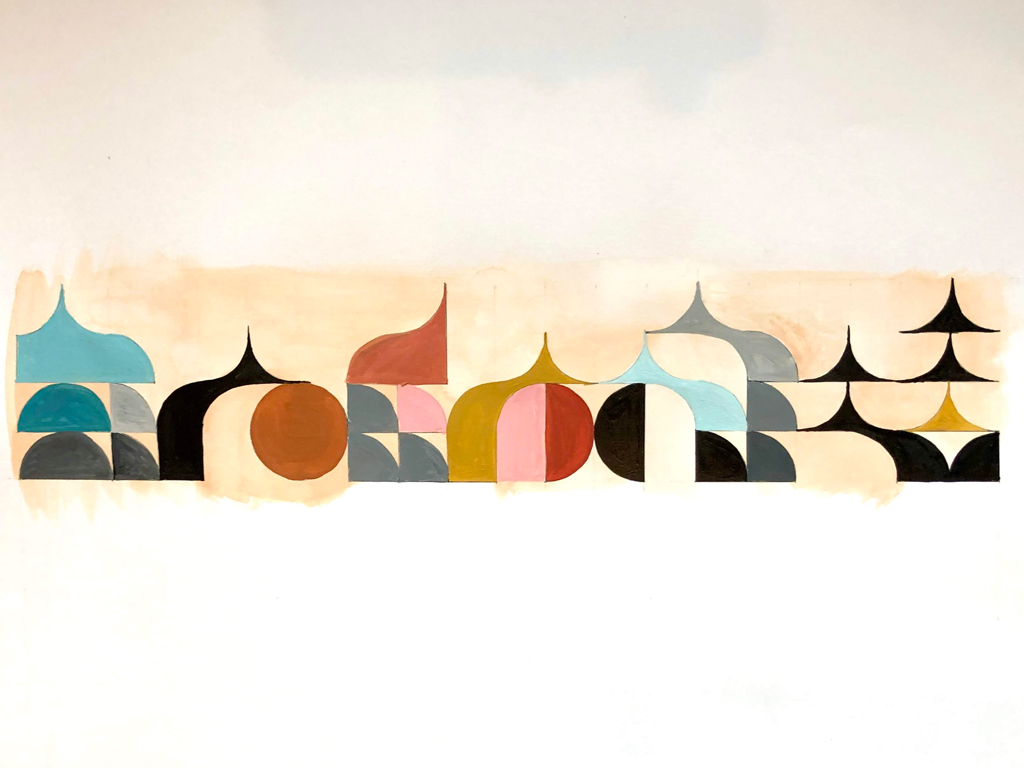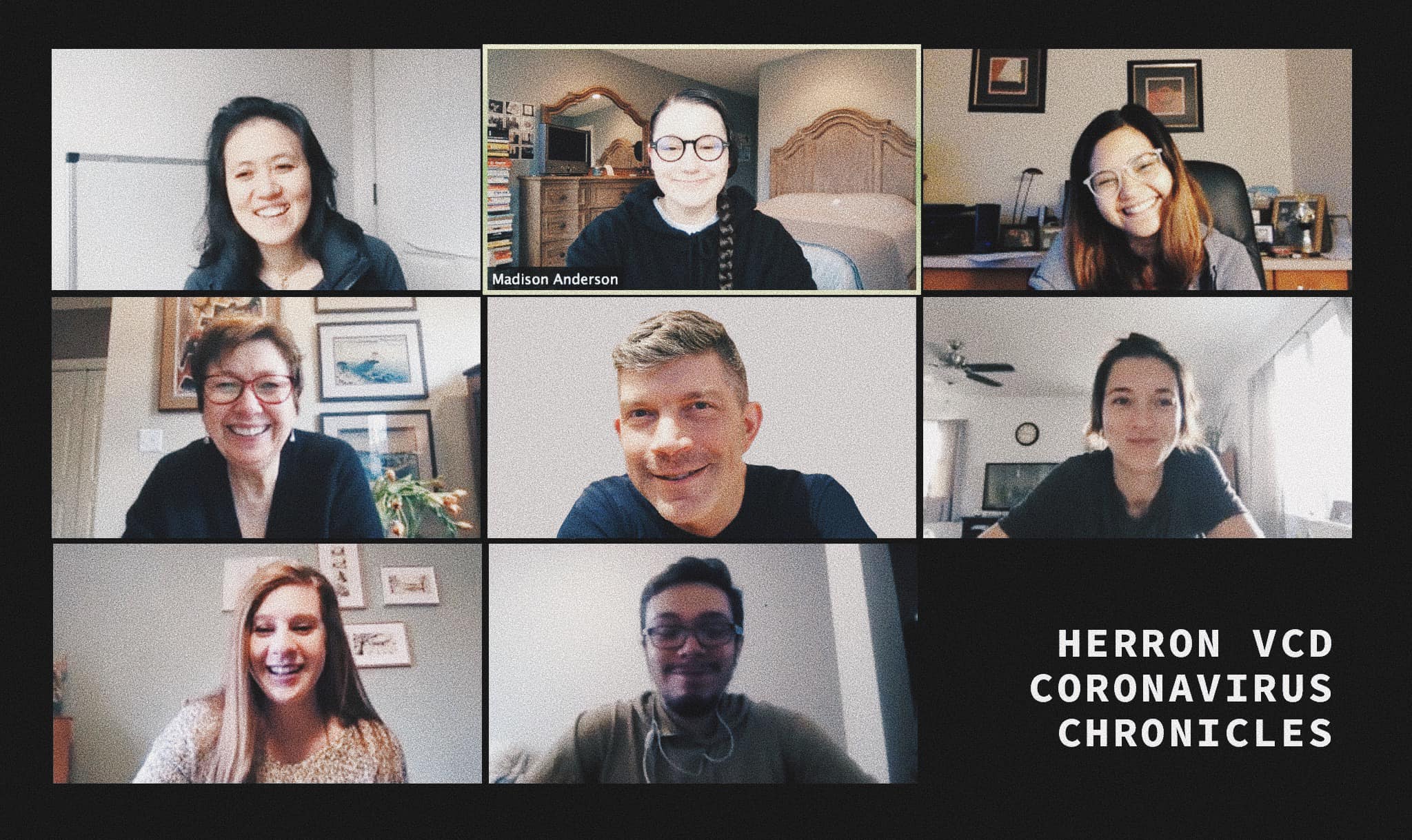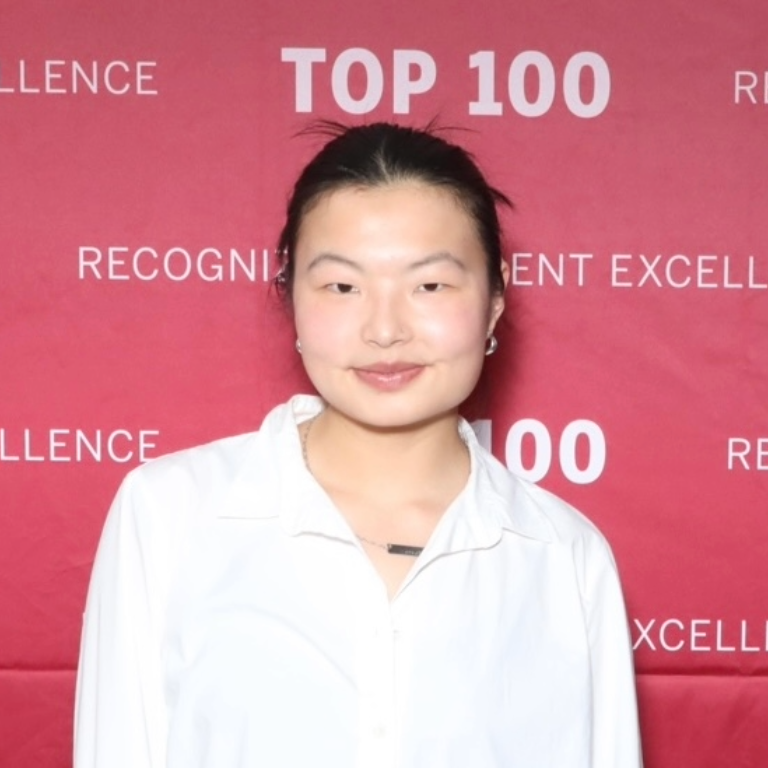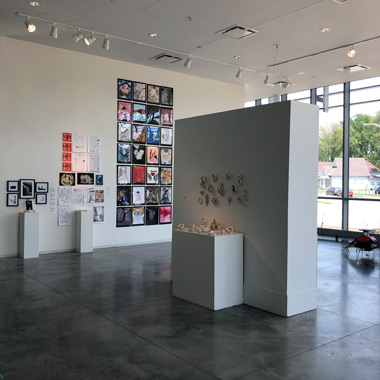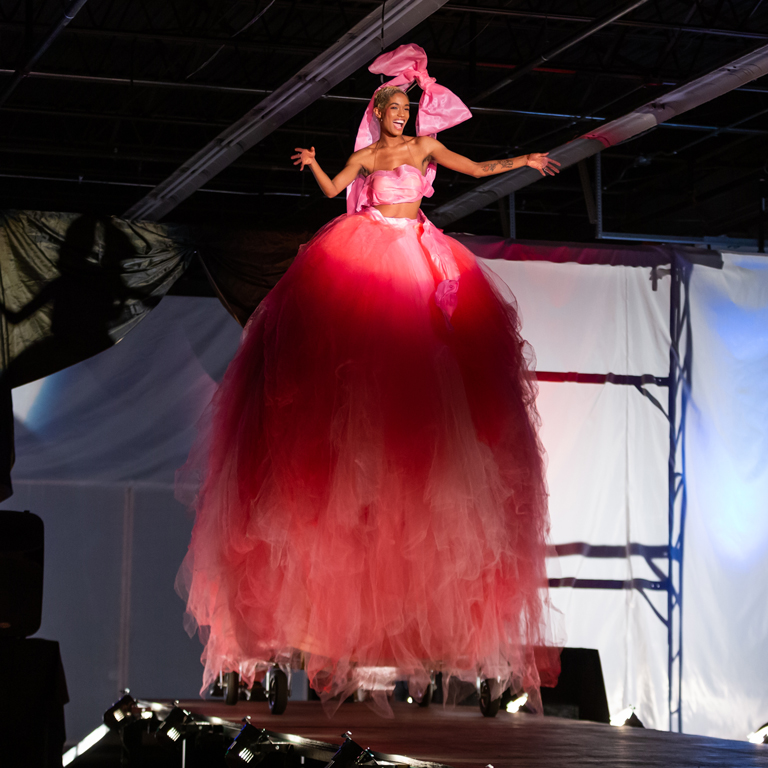As COVID-19 disrupts life as we know it, faculty and students around the world are settling into the new, sudden routine of distance learning and virtual communication.
Art and design students face additional challenges because the studio environment is a huge part of the "art school experience."
At its core, Herron's culture and creative community is defined by shared studio spaces, frank feedback, critiques, and more. We think about and make work as both peers and collaborators. We solve problems while building relationships. We take coffee breaks together. We motivate each other to do our level best.
Our charge while remote is to band together virtually (and possibly asynchronously) while staying safe at home.
So, whether you're a first-year or graduating student, here are some crowdsourced tips (and resources) from faculty and staff to help your transition and inspire the remainder of your spring 2020 semester. You can do this!


